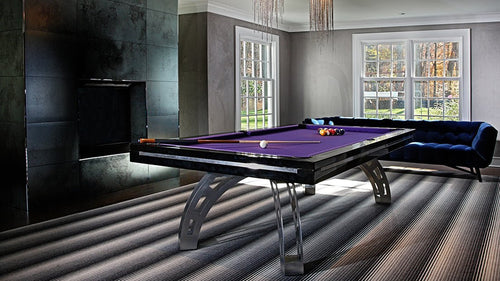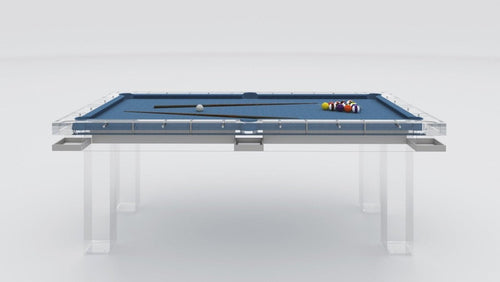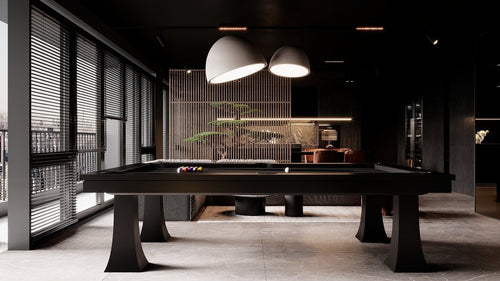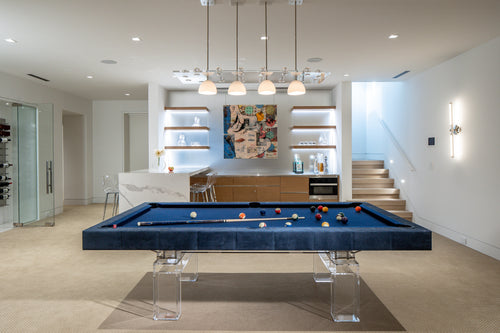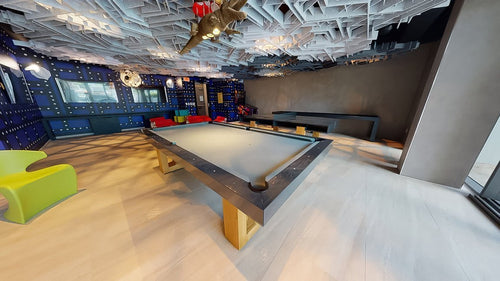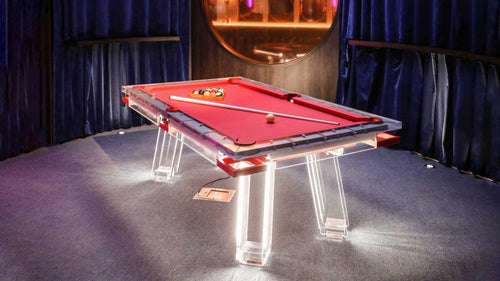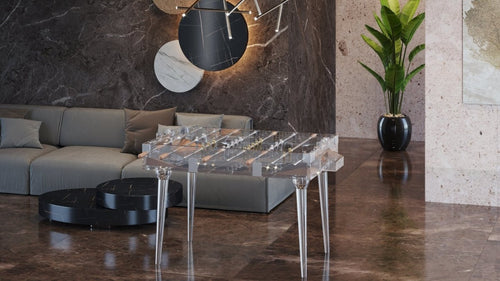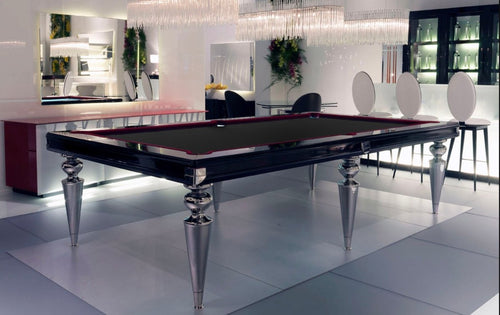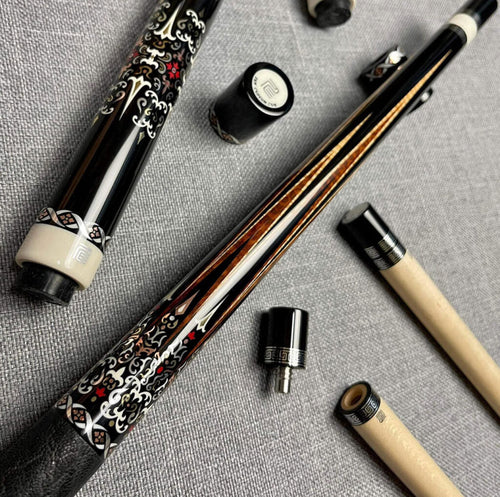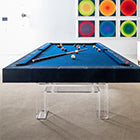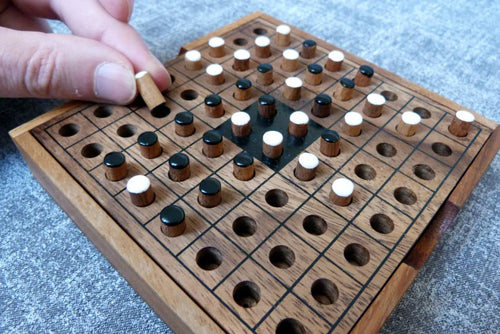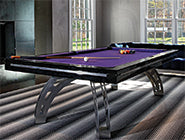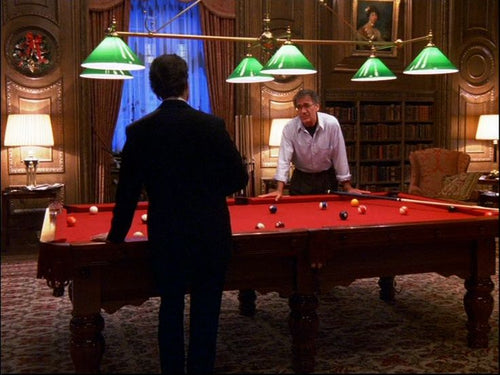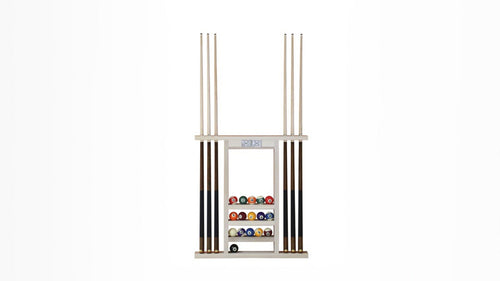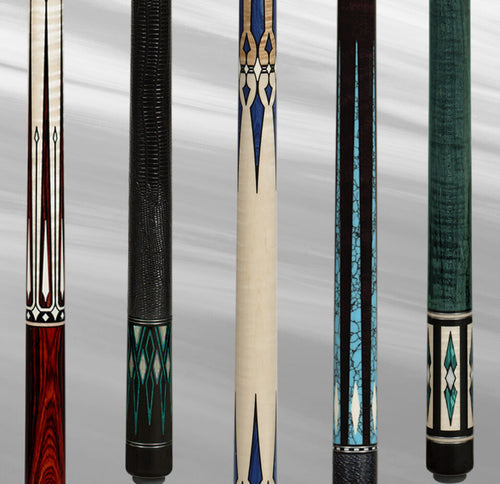Enjoy our modern designs
Estimated Read Time: 8 mins |
Even as imperial courts in China and temple architects in Korea raised soaring halls and ornate pavilions, Japan quietly charted its own course—one defined by simplicity, adaptability, and an almost Zen-like absence of excess. From the Heian palaces of the eighth century to the merchant homes of medieval Kyoto, Japanese interiors prized emptiness as much as they did craftsmanship.
Embracing the Floor as Furniture
In contrast to the chairs, stools, and tables that became staples in China after the second century CE, traditional Japanese homes relied on simple mats—tatami—for everything from sleeping to socializing. These thick, woven rush mats not only offered comfort but also defined modular room sizes, encouraging inhabitants to slide, fold, or stack their living areas according to need. Without heavy furniture to anchor a space, rooms felt larger, airier, and endlessly transformable.
Screens as Art and Architecture
Where Western interiors carved walls into permanent rooms, Japanese homes leaned on movable screens—byōbu and fusuma—to shape privacy and flow. Covered with painted silks or paper, these panels often featured landscapes, court scenes, or seasonal motifs executed by master artists. One moment, a screen could partition off a sleeping alcove; the next, it could stand aside to merge two chambers into a single gathering hall. In this way, décor and spatial planning fused: every painted scene became an architectural element in motion.
Light, Warmth, and Essential Conveniences
Artificial illumination, before electricity, came from oil lamps tucked into corner brackets and candles set in iron holders. Lanterns—both hanging and portable—served as fixtures of nightly life, their soft glow striking a balance between utility and atmosphere. For warmth, the hibachi provided a portable charcoal brazier that could be moved from room to room, quietly heating tea kettles or warming cold hands without the bulk of a hearth. And in true functional fashion, a simple wooden box filled with sand or earth served as the toilet, easily stowed away when not in use and leaving no permanent mark on the floor plan.
Lacquer, Chests, and Occasional Flourishes
Despite an overall restraint, certain furnishings achieved such artistry that they transcended mere utility. Cabinets and chests—often the only substantial wooden pieces in a room—became canvases for lacquer masters. A mid-eighteenth-century kabin (lacquer chest) might unfold layers of black and gold to reveal mountain vistas, dancing cranes, or flowering cherry branches. These pieces were as much works of art as they were storage, prized heirlooms and status symbols in equal measure.
Shoji Screens and the Dance of Light
Sliding shoji screens—latticed wooden frames fitted with translucent paper—lined many interiors, softening daylight into a gentle wash and blurring the boundary between inside and out. In summer, panels slid open to admit breezes and garden views; in winter, they locked tight against rain and wind. Their minimalism echoed a broader aesthetic: the idea that a room’s beauty emerges from natural materials interacting with changing seasons.
East-Asian Roots and Regional Resonance
Japan never developed these furnishing customs in isolation. Early Buddhist temples borrowed bracketed roofs from Korea; shoji-like partitions appear in Chinese monasteries; and the very concept of tatami echoes floor rituals from across East Asia. Yet, where China and Korea eventually embraced robust furniture traditions, Japan doubled down on floor-level living. Even after the sixteenth-century invasions of Korea brought craftsmen and ideas to Japan, the island’s commitment to movable, minimal furnishings held firm—an affirmation of cultural identity as much as practical design.
Independent, Yet Intertwined
Across the centuries of Late Antiquity and the Middle Ages in Europe—from basilicas to Gothic cathedrals—Japan charted a separate trajectory. Its interiors grew out of Shinto’s reverence for nature and Buddhism’s emphasis on impermanence, not out of Western precedents. Knowledge of Japanese design reached Europe only in fragments—porcelain, lacquerware, and tales of courtly elegance—long after these traditions had matured.
Enduring Lessons in Simplicity
Today, the world still looks to Japan for lessons in living well with less. The same principles that guided Heian-era furnishings—flexibility, respect for materials, and the interplay of light and space—resonate in minimalist apartments and modern teahouses alike. In every sliding screen and every lacquered chest, we glimpse a culture that found richness not in accumulation, but in the thoughtful absence of clutter.


